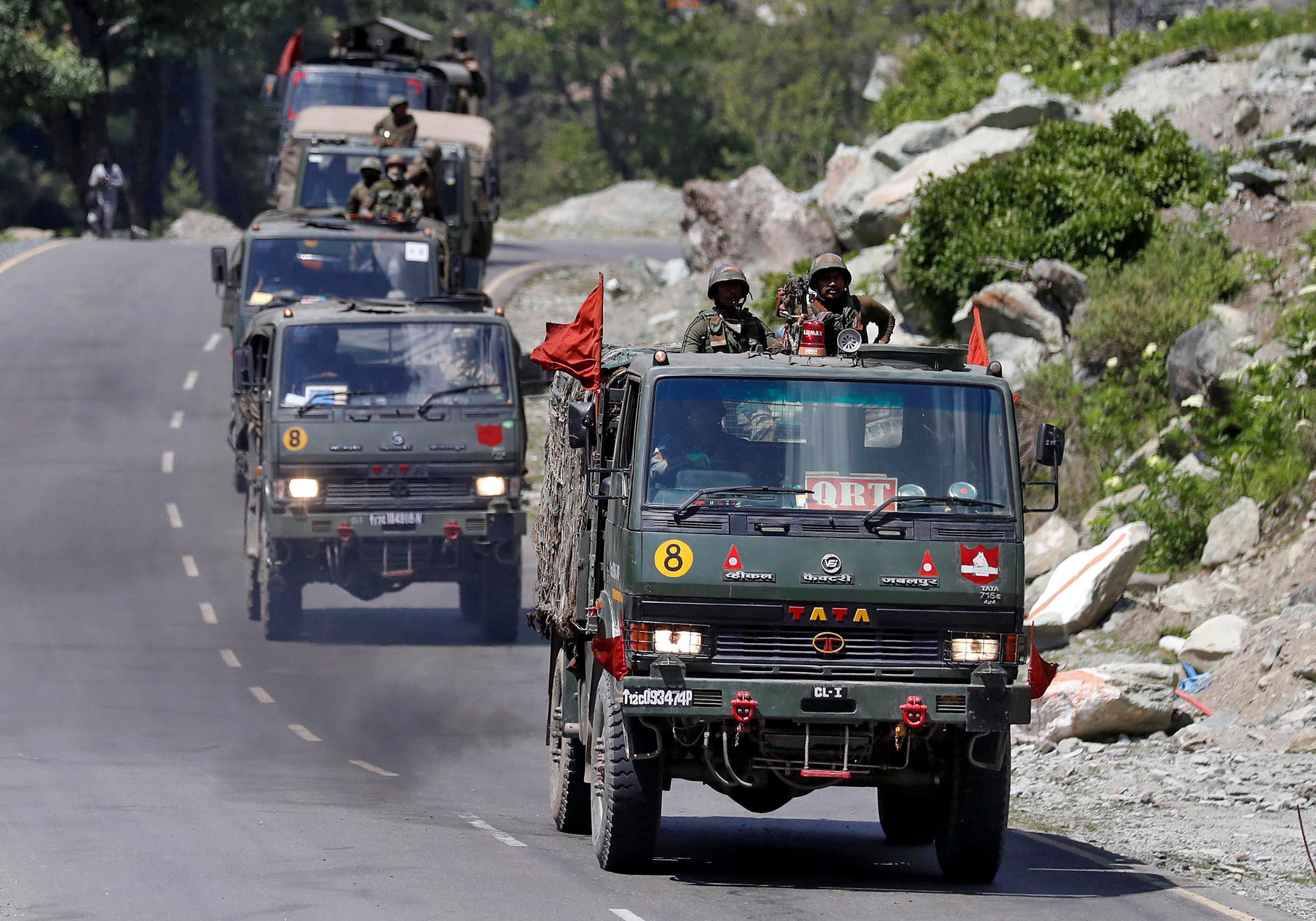
Fifty-eight years after India suffered a bloody nose in a brisk war with China in 1962, the two nations are once again at a standoff in the same region of the Himalayas.
Although there have been previous fracas with Chinese troops along the border, the June 15 incident, which saw at least 20 Indian troops (from the Bihar Regiment) killed, plus 76 wounded and perhaps 45 casualties within the Chinese Army, represents a new upping of the ante.
Follow | India-China border tensions live updates
Where the Galwan River incident differs from previous encounters is the level of Chinese actions. First, the Chinese had appeared in large numbers in a new area which they had not previously focused on. Second, the Chinese have now dug in along the Line of Actual Control (LAC), a de facto international border which was solidified after the 1962 war. Satellite photos taken in the days after the fracas also show a Chinese military build-up on the other side of the LAC.
Ghost of 1962 Defeat
In 1962, Beijing declared a ceasefire after a month-long campaign following its capture of the Aksai Chin area. Some 1,383 Indian troops had been killed in that war, as were 722 Chinese.
With the spectre of that stinging defeat hanging over its war record, India’s ability to withstand another military “push” appears questionable. However, two studies from the Belfer Centre at the Harvard Kennedy School of Government in Boston and the Center for a New American Security (CNAS) in Washington D C, seem to suggest that a repeat attempt at military adventurism could prompt difficulties for China.
India’s primary advantage is that unlike the Chinese People Liberation Army (PLA), its conflicts with Pakistan and low-intensity border skirmishes have served to maintain the army’s battle hardiness, said the October 2019 report of the Center for a New American Security, titled Imbalance of Power: India’s Military Choices in an Era of Strategic Competition with China.
“The PLA, on the other hand, has not experienced the crucible of combat since its conflict with Vietnam in 1979,” it added. That month-long border war which was started by China to counter Vietnam’s thrust into neighboring Cambodia resulted in a PLA which was outfought by a Vietnamese battle-hardened in combat against the United States.
Chinese Troops Waiting in the Wing
The March 2020 Belfer report suggests that the Chinese could bring at least 70,000 troops into action in the Aksai Chin without weakening forces from other border areas. Against this, India can initially pit only 34,000 troops. However, this number disparity could be misleading. The CNAS report points out that India has the home advantage of already having its 34,000 troops “in position.”
However, being holed up in mountainous terrain is a double-edged sword for India. Troops could find it difficult to move in order to plug gaps in the line when under artillery and missile strikes, the CNAS report says.
At the same time, the Chinese face greater privations. The majority of their units in Tibet and Xinjiang are second-echelon troops tasked with suppressing insurrection in these two areas, coupled with exigencies of maintaining border security along the Russian frontier.
To move these troops hundreds of kilometers into Aksai Chin would require using rail lines or mountain roads, which are vulnerable to airstrikes by the Indian Air Force (IAF).
According to the Belfer study, India can wield about 270 fighters and 68 nuclear-weapons certified ground-attack aircraft against an opposing military offensive, without weakening its defenses arrayed against Pakistan. India’s maintenance of several advanced landing grounds in the area are critical to staging and supporting potential airstrikes.
While China has 157 fighters and 44 ground-attack drones in the area, most of them are 700 kilometers from the Aksai Chin. The People's Liberation Army Air Force (PLAAF) has eight airbases in the region, but most of those are civilian airfields located at high altitude. It has no advanced landing grounds around Aksay Chin.
"The high altitude of Chinese air bases in Tibet and Xinjiang, plus the generally difficult geographic and weather conditions of the region, means that Chinese fighters are limited to carrying around half their design payload and fuel," the Belfer study says.
The study also gives the IAF, with its all-weather Mirage 2000s and Sukhoi Su-30s, a qualitative edge over the Chinese J-10s, J-11s and Su-27 fighters in the region. Only the J-10 is an all-weather aircraft.
Much like the Indian Army, the IAF has a degree of institutional experience in “networked” aerial combat unlike the PLAAF, the Belfer study adds. One way to keep the IAF down is through missile strikes on the airfields. But according to a former Indian Air Force official quoted in the study, China would need 220 ballistic missiles to knock out a single Indian airfield for a day.
“China’s stock of 1,000-1,200 missiles will be over in less than two days when attacking just three airfields, with no other major target systems like C2 centres or air defence units being addressed,” the officer says.
While the chance of the Galwan River Valley incident becoming a flashpoint for a larger conflict is as remote as the valley it happened in, the rising tensions between the two Asian nations is all too real.
While the Chinese could deploy more troops and newer specialized weaponry such as the Type 15 light tank, India’s battlefield experience and involvement in sophisticated joint exercises with advanced world militaries, including the United States, could alter the balance, the CNAS report claimed.
One thing is clear: the armies that fought the 1962 engagement no longer exist.